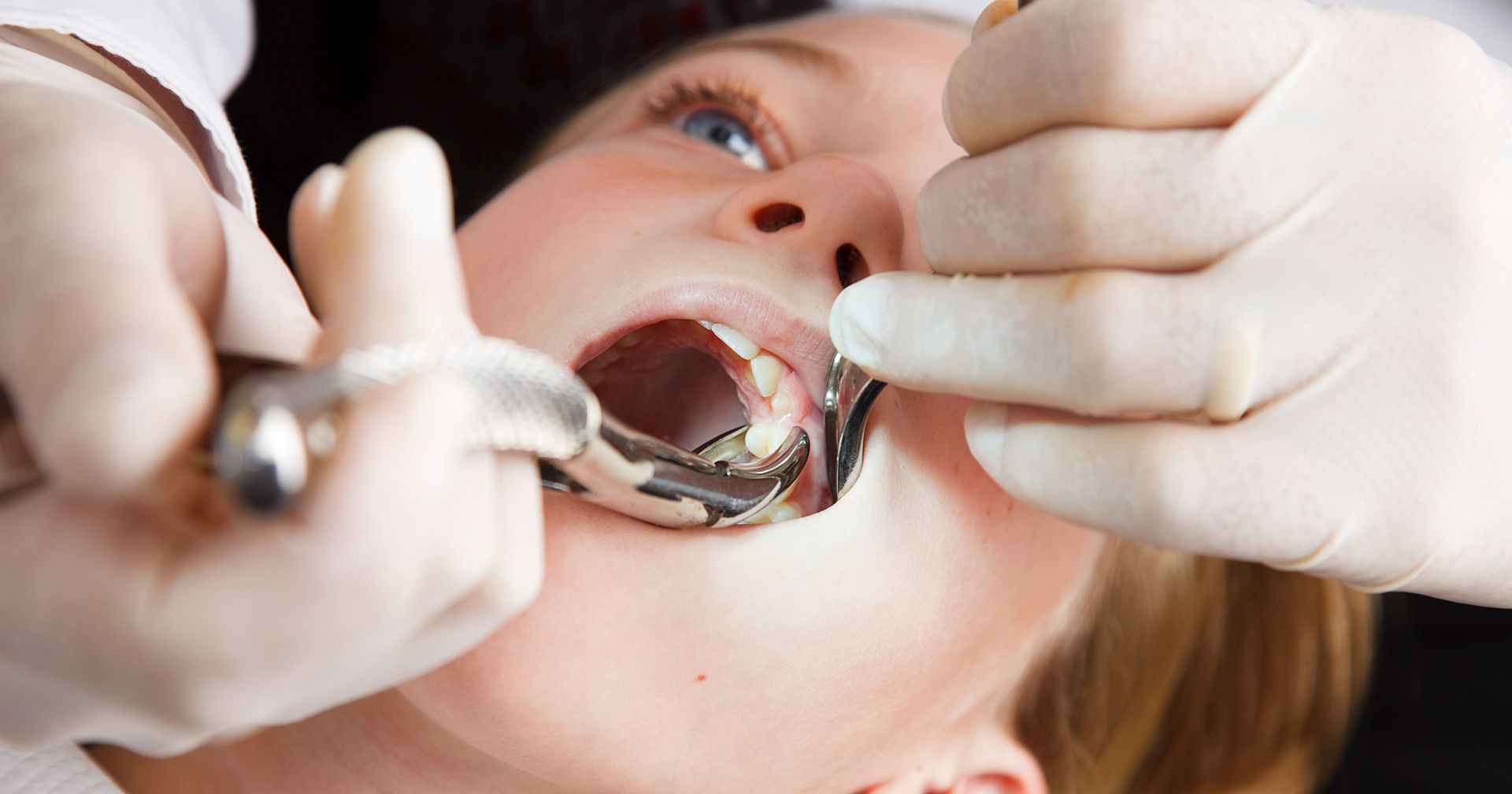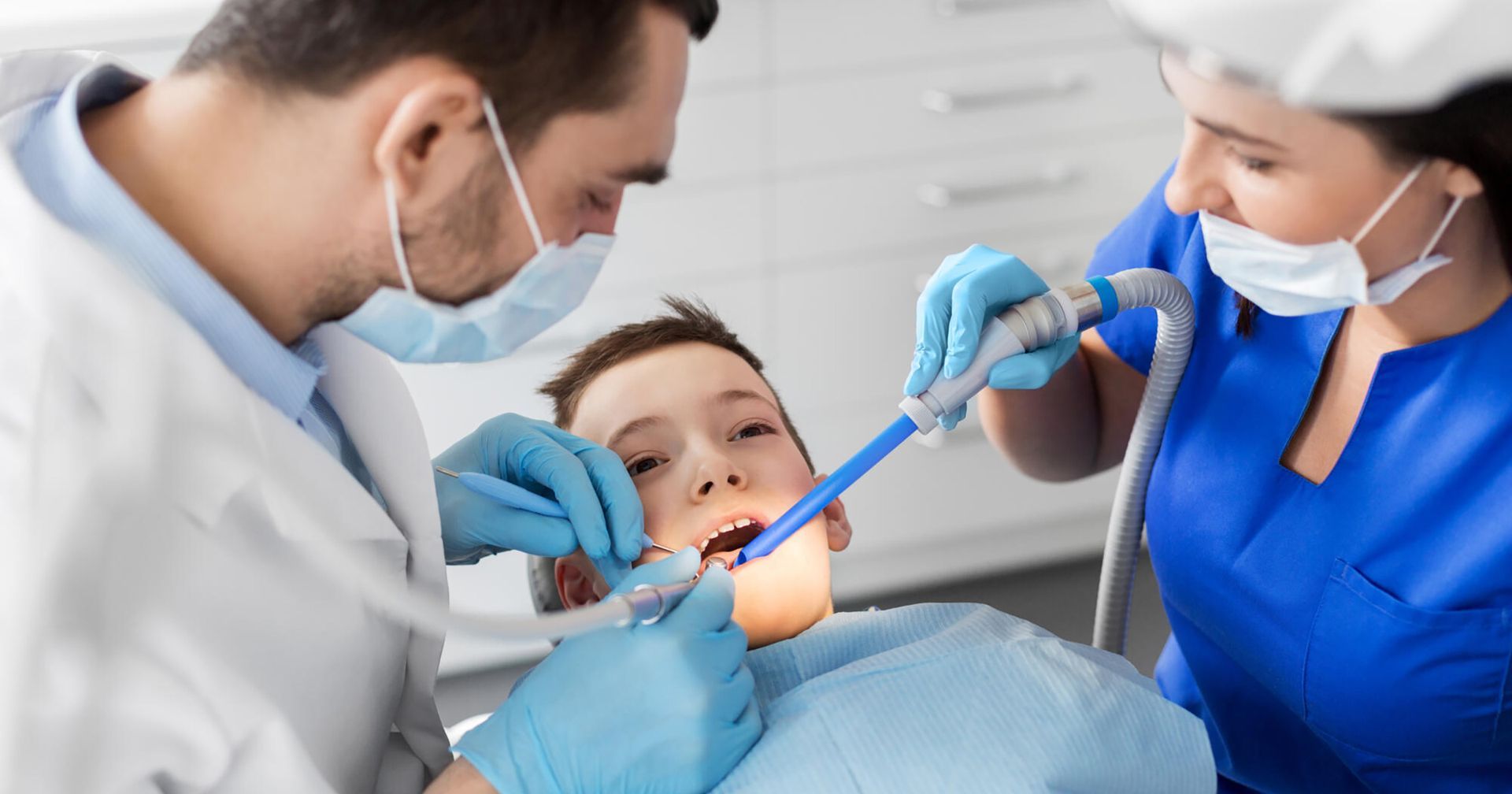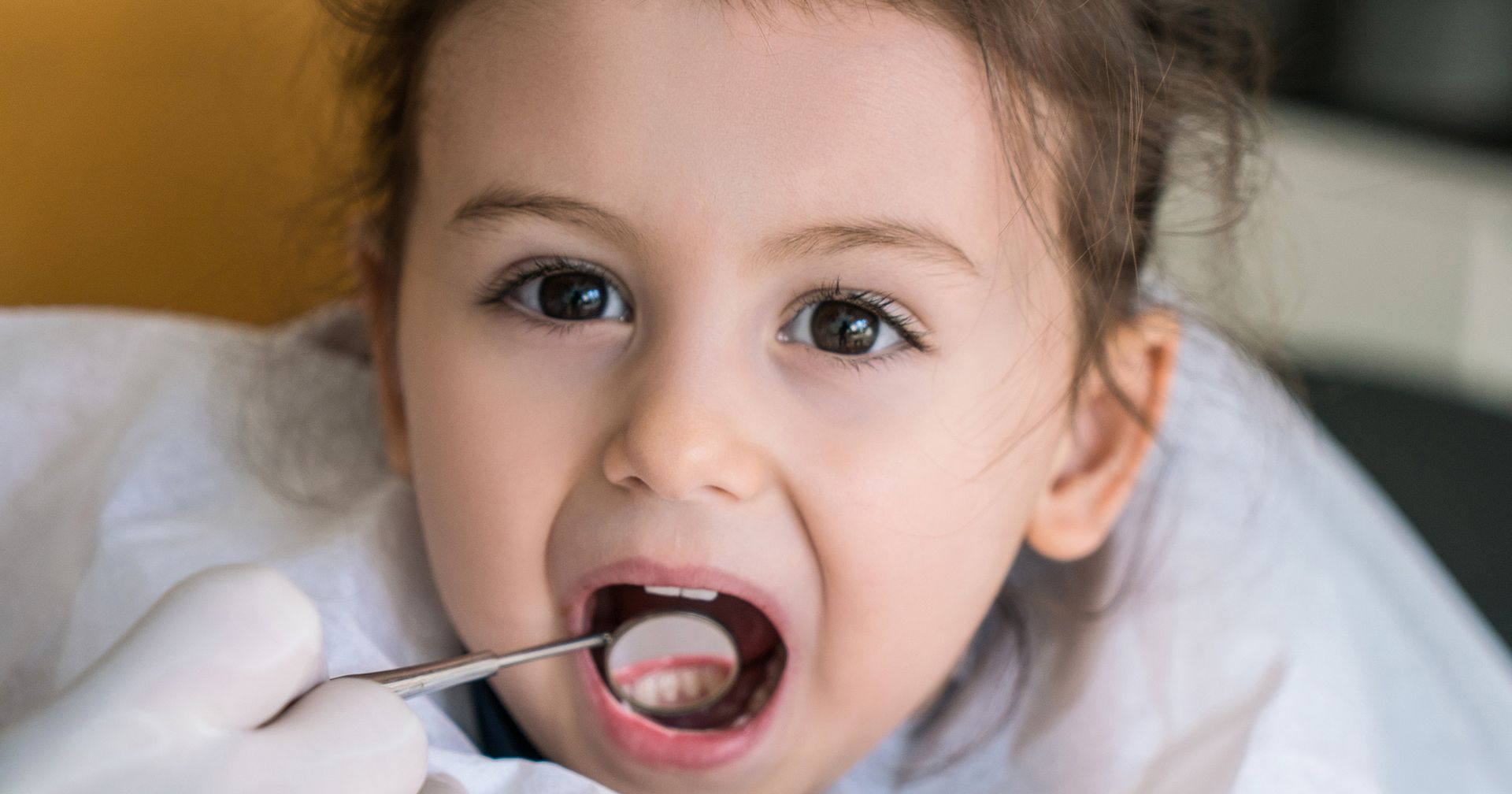The Benefits of Early Orthodontic Evaluations and Treatments
Understand why early orthodontic treatment is beneficial for children. Prioritize your child's dental health. Call us to schedule an evaluation!
The American Association of Orthodontists recommends that children have their first orthodontic evaluation by age 7. Early orthodontic treatment can help identify potential dental issues before they become more complex, setting the foundation for healthier teeth and jaws.
Let's look into the benefits of early orthodontic evaluations and treatments. This guide will help you understand why addressing dental concerns early on can lead to better outcomes for your child's oral health.
The Importance of Early Orthodontic Evaluations
Early orthodontic evaluations play a key role in a child's dental health. They allow dentists and orthodontists to identify issues before they develop into more serious problems.
There are three main reasons why these evaluations are so important:
- Early detection of potential issues
- Opportunity for less invasive treatments
- Guidance on future dental care
Early Detection of Potential Issues
An early orthodontic evaluation can reveal problems with a child's teeth and jaw development. Issues like crowding, gaps, or bite misalignment can be caught early.
When these problems are found sooner, they can often be treated more easily. It helps to prevent more complicated treatments later on.
Opportunity for Less Invasive Treatments
When dental issues are detected early, it often means that treatment can be less invasive. For example, some children may benefit from using space maintainers or other simple devices instead of braces right away. It can reduce the need for more extensive treatment as they grow older.
Guidance on Future Dental Care
Early evaluations also provide valuable guidance for parents and children. Knowing what to expect with a child's dental development can help families prepare for future treatments.
It gives the orthodontist a chance to plan a timeline that works best for the child's growth and development.
Common Orthodontic Issues Detected Early
One of the most common early issues is crowding. When a child's mouth doesn't have enough space for all of their teeth, crowding occurs.
It can lead to crooked teeth, which may require more intensive treatment later if not addressed early. Detecting crowding early allows orthodontists to plan interventions, like spacers, to help guide the teeth into better positions.
Another frequent issue is bite misalignment. It includes problems like overbites, underbites, and crossbites.
Misaligned bites can cause discomfort, difficulty chewing, and even speech issues. Early detection and treatment can help correct these problems while the child's jaw is still developing.
Jaw growth issues are also commonly found in early evaluations. Sometimes, a child's jaw may grow unevenly or not develop properly.
It can lead to long-term problems with both function and appearance. By catching these growth issues early, orthodontists can recommend treatments that guide the jaw's development, reducing the need for more invasive procedures later on.
Early Dental Evaluation Benefits
There are several important benefits to starting orthodontic treatment early. Addressing dental issues at a young age can lead to better outcomes, both in terms of health and confidence.
Here are three primary benefits of early orthodontic treatment:
- Prevention of severe dental problems
- Shorter treatment times
- Improved self-esteem and confidence
Prevention of Severe Dental Problems
One of the main advantages of early orthodontic treatment is the ability to prevent more serious dental problems later in life. By addressing issues like misaligned bites or crowding early, you can reduce the need for complex treatments when your child is older.
Early intervention can help guide the growth of the jaw and teeth, ensuring that they develop in a healthier way. It reduces the chances of needing extractions or surgery in the future.
Shorter Treatment Times
When orthodontic issues are caught and treated early, the length of treatment can often be reduced. It's because the teeth and jaw are still developing, making them more responsive to treatments.
For example, children who start with early interventions might need braces for a shorter period later on, or may avoid needing them entirely.
Shorter treatment times mean less discomfort and fewer visits to the orthodontist, making the process easier for both children and parents.
Improved Self-Esteem and Confidence
Beyond the physical benefits, early orthodontic treatment can also have a positive impact on a child's self-esteem. Kids who receive treatment early may feel more confident about their appearance, especially if issues like crooked teeth or bite problems are corrected before they become noticeable to others. The boost in confidence can have lasting effects, helping children feel better about themselves during their formative years.
Early Orthodontic Treatment - Some Types
Braces are often the first thing that comes to mind when people think of orthodontic treatment. In early orthodontic care, braces can be used to correct alignment issues in children who have permanent teeth but may still be growing.
The goal is to straighten the teeth and correct bite problems while the child's mouth is still developing. Early use of braces can reduce the need for more intensive treatments later on, making the process easier and shorter for the child.
Retainers are another common tool in early orthodontic treatment. They are often used after braces to keep the teeth in their new positions.
In some cases, retainers can be used on their own to address minor alignment issues. Retainers are less invasive than braces and can be a great option for children who need a little extra help maintaining the progress of their treatment.
Space Maintainers
Space maintainers are devices used to hold space for permanent teeth when a child loses a baby tooth too early. These small devices help ensure that the permanent teeth have enough room to come in correctly.
Without space maintainers, the surrounding teeth can shift into the empty space, leading to crowding and alignment problems. By using space maintainers early, orthodontists can prevent these issues and make future treatments more effective.
Early Dental Health and Child Orthodontic Care
Early orthodontic treatment offers numerous benefits, from preventing severe dental problems to improving long-term oral health.
At Dental Studio 4 Kids in Lutz, Florida, you'll discover a combination of care, compassion, equipment and skill found nowhere else. We're trained and focused on creating a safe environment and positive experience for your children. We look forward to introducing your child to our special dental practice just for children.
Get in touch today to find out how we can help
with your child's teeth!












